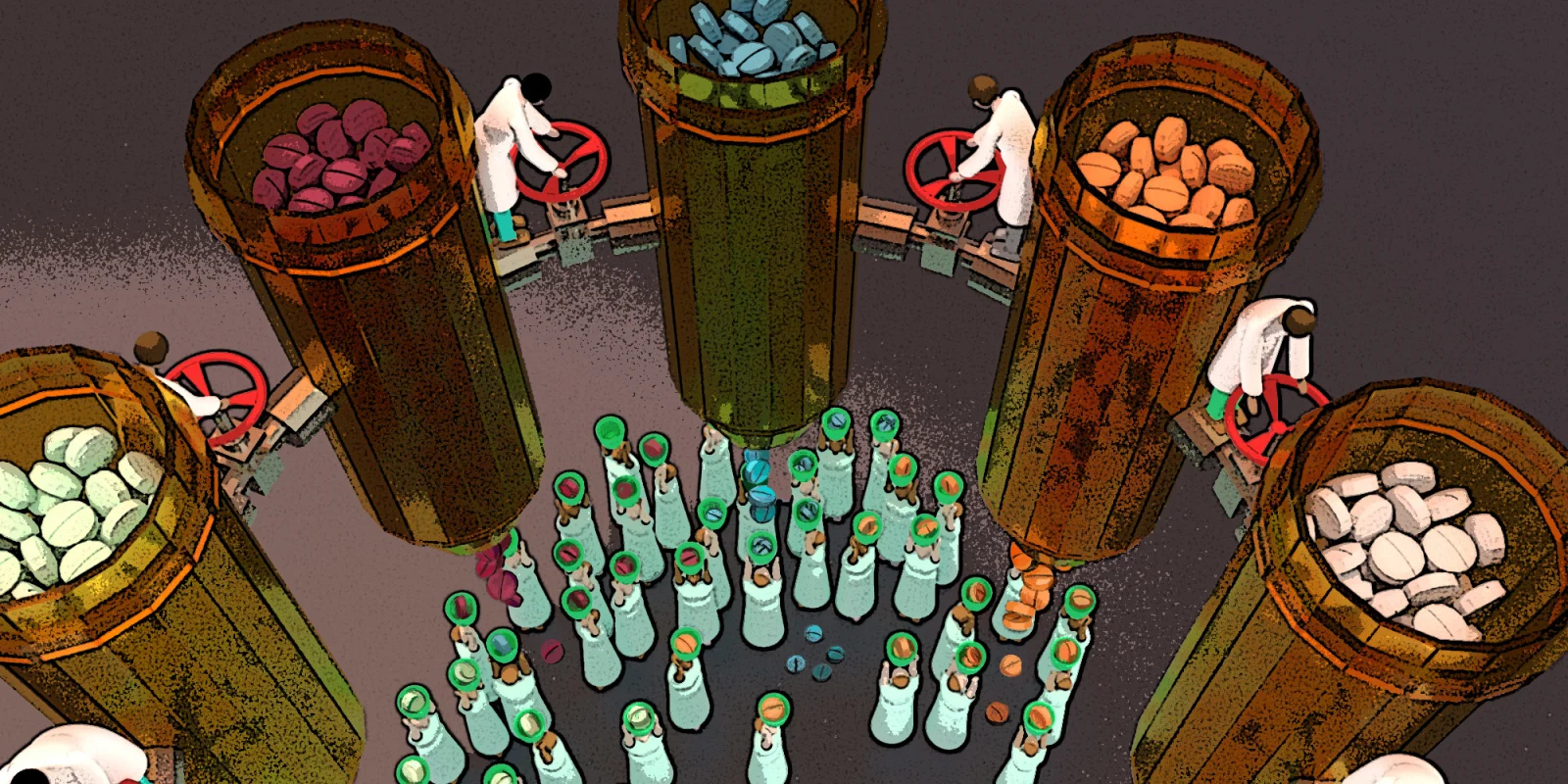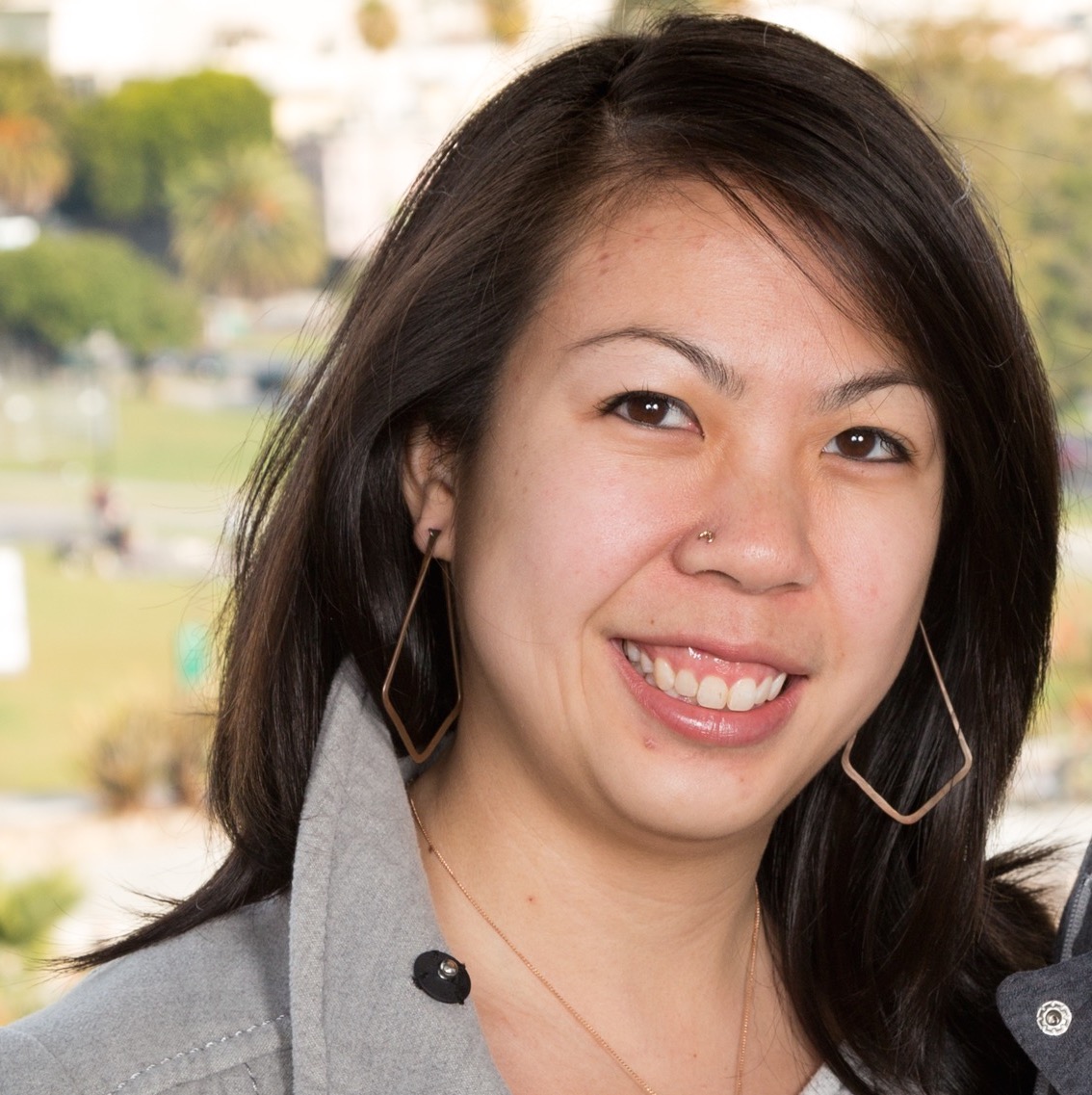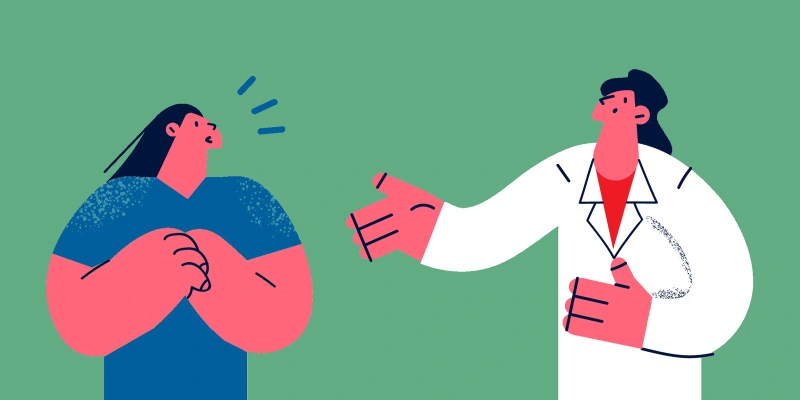
The news is constantly changing, from updated testing sites and testing procedures to clinical trials for new drugs and drug combinations. With a constant influx of information, it can be difficult to sift through the noise.
Doximity had the pleasure of speaking with David Fajgenbaum, MD, an immunologist and assistant professor in Translational Medicine and Human Genetics at the University of Pennsylvania. Dr. Fajgenbaum spoke with us about his involvement in the global efforts underway to find viable treatments for COVID-19 through drug repurposing.
In a nutshell, drug repurposing involves investigating drugs that are approved for one condition to see if they’re effective in treating other conditions. According to Dr. Fajgenbaum, “the quickest path toward helping patients is where you repurpose an existing drug that’s already FDA approved.”
A Personal Connection
When the COVID-19 pandemic took the world by storm, Dr. Fajgenbaum felt a very personal call to action. He lives with Castleman Disease, a rare condition described as something between cancer and an autoimmune disorder. He found a treatment, sirolimus, that keeps his symptoms at bay. Sirolimus is an FDA-approved immunosuppressive drug that was originally created to prevent organ rejection in patients who received kidney transplants. After nearly dying five times and finding sirolimus, Dr. Fajgenbaum began to wonder if other conditions could be treated by FDA-approved drugs, off-label. He started the Castleman Disease Collaborative Network (CDCN), which inventories drugs and drug combinations that have been used to treat Castleman Disease, in its various forms.
CDCN has now expanded its scope to include the inventory of drugs and drug combinations that might be used to treat COVID-19. “We want to provide an inventory of all the drugs that have been used and provide [an idea] of which drugs seem to be working better than others,” Dr. Fajgenbaum said. With over 15,000 papers published from around the world on COVID-19, it is difficult to know what’s been done, how frequently, and with what population. CDCN has inventoried 115 drugs so far. Its database shows which treatments have been used more frequently than others and, of the most frequently used drugs, includes a calculation of the average time it took from COVID-19 diagnosis to initiation of the drug to observation of clinical improvement.
Trends in COVID-19 Inventory Data
“It’s amazing how many drugs have been tried,” Dr. Fajgenbbaum said. The data suggest that clinicians are trying many treatments against COVID-19. Indeed, Dr. Fajenbaum reports that the top 15 drugs have been used more than 1% of the time; the bottom 100 drugs were used in less than 100 cases. This suggests that the data is very top-heavy, with a few drugs given to a lot of patients and a lot of drugs given to a few patients. Because of this, Dr. Fajgenbaum advocates for the importance of early clinical trials on these drugs, so that “we can actually figure out which of these drugs are most effective.”
Another trend in the inventory data shows how heterogeneous COVID-19 behaves — there are many asymptomatic patients, but also mildly and very symptomatic patients. Although antivirals might help all kinds of patients, certain drugs, like immunosuppressants or cytokine inhibitors, may only work in severely ill patients. Dr. Fajgenbaum believes that personalized therapies for subgroups of patients, especially the most severely ill patients, will need development. “The good news is there’s a lot of research that’s been done. My lab and others have been studying cytokine storm disorders for years and many of those drugs are being used now for COVID-19,” Dr. Fajgenbaum said.
FDA Involvement and How Clinicians Can Help
Because the CDCN has been successful in capturing off-label drug use and discovering new uses for existing drugs related to Castleman Disease, Dr. Fajgenbaum has also been advising the FDA on how to use a similar process for all off-label, FDA-approved treatments. “I’ve been really impressed with the FDA’s interest in how to handle off-label drug use,” he said.
Although there is a very clear path for approval of new drugs, the path for expanding the approved use of an already approved drug is less clear. Dr. Fajgenbaum believes there should be a centralized database to track off-label use, monitor which drugs may be working well (or not working), and use the data to consider expanding drug approvals. To jumpstart that process, the FDA recently launched CURE ID, an app that allows clinicians to submit their experiences using FDA-approved treatments for off-label cases. “It is a really efficient way to [capture off-label drug use] … in a few minutes,” Dr. Fajgenbaum said.
“It’s been wonderful to see the collaboration that’s occurring within institutions and across institutions,” Dr. Fajgenbaum said. “I think there’s a real sense of ‘we’re all in this together’ that [hasn’t] always [been] there.” To encourage continued collaboration, Dr. Fajgenbaum recommended two ways clinicians can contribute to the initiative and help streamline off-label drug approval processes.
1. Clinicians can download the CURE ID app and enter data about their cases so it can be tracked in real time.
2. Clinicians can visit the CDCN website, use the database, and share it with colleagues. The goal is to help clinicians make better-informed decisions about the off-label treatments they may be prescribing.
“I think that [the database] should help with these really critical decisions,” Dr. Fajgenbaum said.
Have you prescribed approved drugs for off-label uses? Share your experience in the comments!
Illustration by Jennifer Bogartz







